



-
- Free Word Search




Appropriate measures against heat generation are essential in devices equipped with electronic components. To keep electronic systems running reliably over time, cooling fans provide crucial thermal support.
Fans powered by AC sources are widely adopted across industrial machinery and infrastructure due to their versatility. However, there is a growing demand to leverage the advantages of DC fans, such as high efficiency and long service life. To meet these needs, ACDC fans (also known as EC fans) have been developed—devices that deliver the performance of DC fans while operating on AC power.
In this article, we will introduce the mechanism behind ACDC fans (EC fans), highlight the features of SANYO DENKI’s ACDC fans, and present case studies of their application.
*Naming conventions such as “ACDC fan” or “EC fan” may vary depending on the manufacturer. At SANYO DENKI, these products are categorized under the name “ACDC fan.”
ACDC fans (EC fans) are cooling devices that incorporate a compact AC-DC conversion circuit.
ACDC Fans operate by internally converting AC (alternating current) into DC (direct current). This allows the fan to run directly on an AC power source without the need for a separate DC power supply. As a result, it offers the key benefits of DC fans, including low power consumption and long service life.
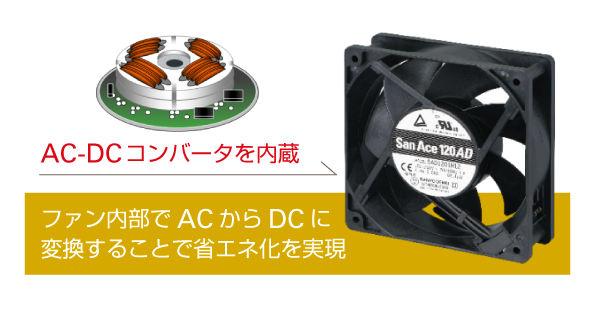
As shown in Figure 1, the power consumption of our ACDC Fan is up to 91% lower compared to our AC Fan of the same size.
▼Figure 1: Comparison between AC Fans and ACDC Fans
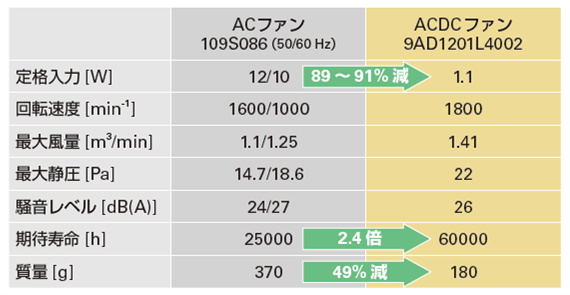
AC Fans are widely used in control panels and equipment on production lines.
While the power consumption of a single cooling fan may be relatively low, adopting ACDC Fans across entire production systems can result in significant energy savings.
In addition to their low power consumption, ACDC Fans also offer a long expected service life, which helps reduce maintenance workload over time.
By optimizing the shape of the blades and frame, our ACDC Fans achieve both high airflow and high static pressure.
By optimizing the power conversion circuit and motor drive circuit, we have achieved lower power consumption in our ACDC Fans.
Our ACDC Fans offer a longer expected service life than our conventional AC Fans.
The operating voltage range is AC 90V to 264V, allowing the fan to be used with both AC 100V and AC 200V power systems.*
The rotation speed remains constant regardless of input voltage or frequency.
Unlike conventional AC Fans, ACDC Fans are not affected by fluctuations in power conditions.
*Excluding Centrifugal Fans
With the PWM control function, fan speed can be adjusted (excluding certain models). This allows airflow and static pressure to be optimized according to changes in the equipment’s heat generation or load conditions, enabling efficient cooling and contributing to reduced power consumption and noise levels.
*For any inquiries regarding wiring or usage, please feel free to contact our sales representatives.
Some models are available with waterproof configurations, offering IP56 and IP68 protection for demanding conditions.
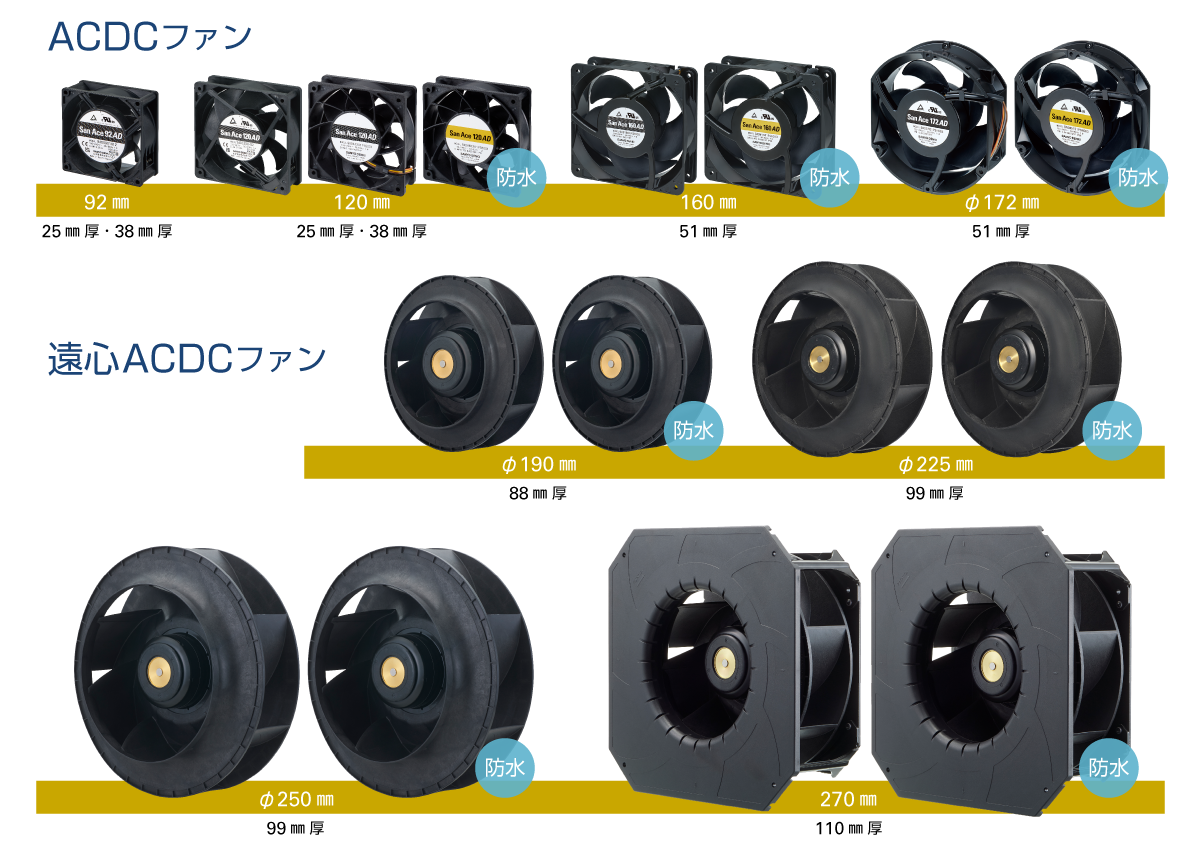
[Released in May 2025] 92x25mm ACDC Fan
May 26, 2025 San Ace | Product News | Product Information | SANYO DENKI CO., LTD.
We have developed and released the ☐92 × 25 mm thick ACDC Fan "San Ace 92AD" 9AD type, which achieves the industry's top*1 high static pressure. It is ideal for cooling servers, communication racks, control panels, etc.
*1 As of May 26, 2025, for ACDC Fan of the same size. (Based on our research)
Here are several case studies showing examples of ACDC Fan usage.
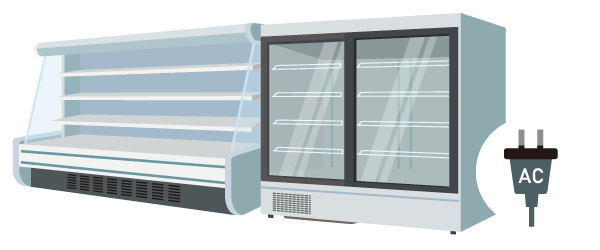
Learn more: "What is ACDC Fan that reduces the power consumption of equipment?
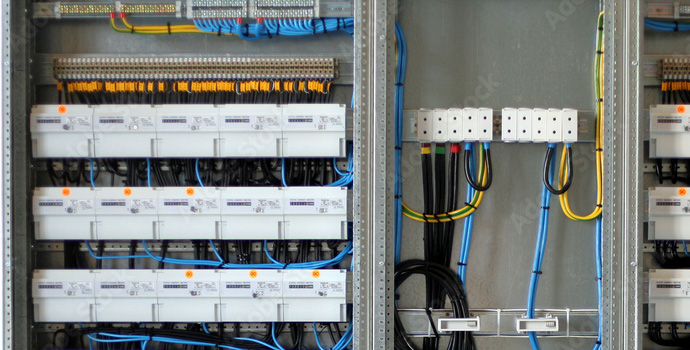
Learn more: "What is ACDC Fan that achieves the performance of DC Cooling Fan with AC power?"

Learn more: "What is ACDC Fan that achieves the performance of DC Cooling Fan while still using an AC power source?
[Precautions for Use]
When voltage is applied or fluctuates, a short surge of current called inrush current may flow into the fan’s internal capacitors for a few microseconds to a few milliseconds. This peak current can be significant, so please perform thorough testing on the actual equipment and ensure suitable fuses or circuit breakers are selected for proper protection.
Supervised by: Ryuji Ueki, Group Manager, San Ace Group, Sales Division, SANYO DENKI CO., LTD.
Update date: /Release date: